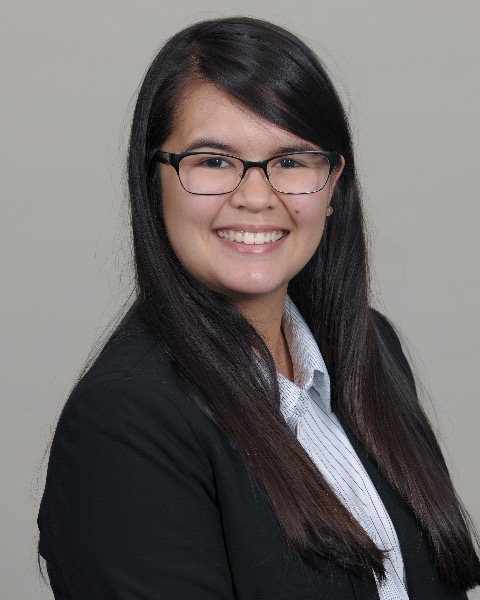Neonatal Neurology Works in Progress
Session: Neonatal Neurology Works in Progress
WIP 76 - Clinical Predictors of Severity of Brain Injury in Term Infants with Neonatal Encephalopathy
Friday, April 25, 2025
5:30pm - 7:45pm HST
Publication Number: WIP 76.7545
Brenda Rieger, CHOC Children's Hospital of Orange County / University of California, Irvine, Newport Beach, CA, United States; Sameeia Iqbal, CHOC Children's Hospital of Orange County, Anaheim, CA, United States; Justin Shen, CHOC Children's Hospital of Orange County, Orange, CA, United States; Tricia Morphew, CHOC Children's Hospital of Orange County, Bothell, WA, United States; Terrie E. Inder, Children’s Hospital of Orange County, Orange, CA, United States

Brenda Rieger, MD (she/her/hers)
Neonatology Fellow
CHOC Children's Hospital of Orange County / University of California, Irvine
WIP Poster Presenter(s)
Background: Early prediction of neurologic outcomes is helpful in guiding counseling and potentially therapy in term born infants receiving therapeutic hypothermia (TH) for hypoxic-ischemic encephalopathy (HIE). Despite the neuroprotective impact of TH, a significant subset of infants still demonstrate evidence of brain injury on magnetic resonance imaging (MRI). While the relationship between different perinatal events and patterns of brain injury has been hypothesized, such as abruption of the placenta and deep nuclear gray matter injury, factors influencing the severity of injury remain unclear.
Objective: This project aims to analyze perinatal events and their relationship to the severity of brain injury in infants with HIE treated with TH.
Design/Methods: This IRB approved, retrospective, single-site cohort study includes infants born at ≥35 weeks treated for mild, moderate, or severe HIE. A validated MRI scoring system (Weeke score) was used to blindly assess brain injury severity. We have analyzed 126 infants thus far, with a goal of including 250 infants in the cohort over the next few months. Demographic, clinical characteristics, and the Weeke score, including across MRI severity categories (normal, mild, moderate, severe) were collected. Logistic regression identified factors associated with an increased odds of a moderate-severe Weeke score using generalized linear mixed effects model. Gamma regression examined differences by factor level in the distribution of MRI Week score.
Preliminary analysis shows that the strongest predictor of higher Weeke scores (indicative of more severe brain injury) was a severe neonatal encephalopathy score. In addition, younger gestational age (GA) and lower Apgar scores also appeared predictive. The gamma regression model suggests that each one-week increase in GA decreased the average Weeke score. Of note to date, maternal and delivery characteristics did not appear to assist in predicting brain injury. Further analysis with the full cohort of 250 patients will assess additional statistically significant relationships.

